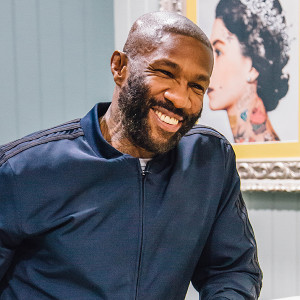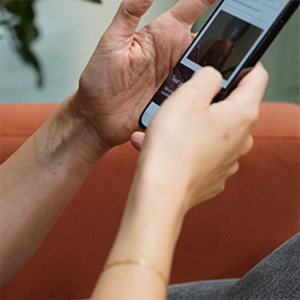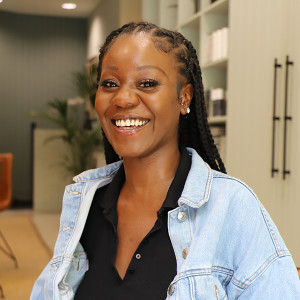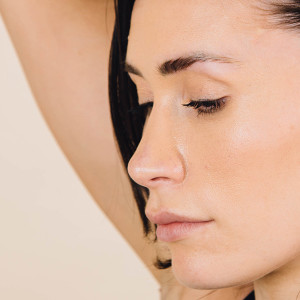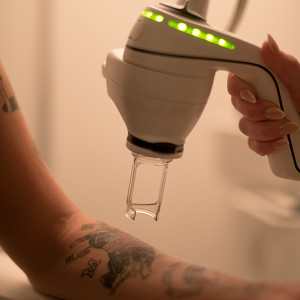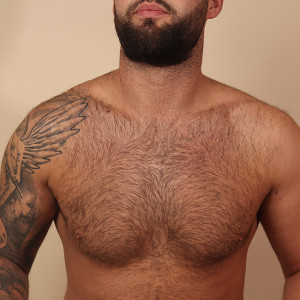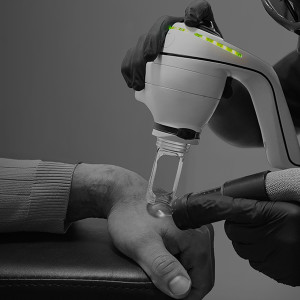CHAPTER 8
From mechanical inventions to never-before-seen pigments, Gus Wagner, Charlie Wagner and Norman Keith Collins changed the course of tattoo history.
At the start of the 20th century, tattoos were still “very much viewed as something that was only done by sailors, criminals, or circus performers… the underbelly of society,” according to Time. Yet, at the same time, they were a popular fashion statement for the rich. Aristocrats and socialites continued the trend set by British royals in the late 1800s, but it was American socialites, in particular, who were enjoying “a fashionable flirt with the exotic” at the turn of the 20th Century.
Publish Date in article
“Though the royals who set the trend were men, many of those who picked up the idea on the other side of the pond were women. These women wouldn't be seen at tattoo parlours; tattoo artists would make house calls."
Ads would often characterise body art as costing as much as a fine dress but not as much as fine jewellery,” the article continues. The secretiveness was a big part of the appeal for socialites so there’s not much evidence of high society’s dalliance with body art. However the other turn-of-the-century female fan base, circus performers, more than makes up for it. The more painted flesh these ladies exposed, the more they were photographed, and the more they earned. So there’s an impressive visual archive of 20th Century tattoo artistry. Naturally, the more popular tattoos became, the most tattoo artists emerged on the scene. Each had their own unique style, but their backstories were remarkably similar. They all came from working class families; they were well travelled – often through military or navy service – and as their reputations grew, they became the century’s first true tattoo pros: highly sought-after for their skills.
August Wagner and his wife Maud. Image source: LT Project.
Gus Wagner
Self-described as “the most artistically marked up man in America,” according to South Street Seaport Museum, Gus had over 800 tattoos of his own. He learned the art of tattooing while working as a merchant seaman around the turn of the century. After travelling the world, he returned to America to became a travelling tattoo artist. Later he married Maud Wagner who he practiced on, and taught, and who became America’s first female tattoo artist. Gus is described by LT Project as “one of the most exuberant figures in the history of American popular culture. As tattooist and showman, he adorned thousands of customers and thrilled audiences from coast to coast in the early years of the 20th century.” “There is something about tattooing which I cannot explain… and why so many people have it done I don’t know,” Gus Wagner is quoted as saying. “It may be vain, but I find it fascinating and very useful in travelling. Every symbol and every design made up of symbols has a meaning.” “These on my body, for instance, are mementos featuring incidents of my life and travels."
Publish Date in article
Charlie Wagner
No relation to Gus, Charlie trained under Samuel O’Reilly and eventually took over his shop on the Bowery, lower Manhattan. He tattooed from the 1890s until his death in 1953. Following in his mentor’s footsteps, Wagner changed the tattoo game by inventing a new machine in 1904 — using vertical coils in a tube assembly. This design is still used in tattoo machines today. “By the time that Wagner had opened his own tattoo shops, Bowery had become famous for its dime museums, which often included tattooed Americans. People hoping to make a career in these sideshows now sought out full-body tattoos, creating a whole new market for tattoo artists… It was largely through these specialised clients that Wagner’s tattoos gained fame,” according to NYC Tattoo Shop.
Publish Date in article
By the time that Wagner had opened his own tattoo shops, Bowery had become famous for its dime museums, which often included tattooed Americans.
Sailor Jerry
Possibly the most influential of all the 20th Century tattoo artists — dubbed the “father of the old-school tattoo” — Sailor Jerry was born sensibly named Norman Keith Collins in 1911. From there, his life was anything but. He travelled the US as a teenager, then joined the navy so he could travel the world. He learned the art of Japanese tattooing while in service, and when his tour was over, he moved to Hawaii where he set up shop as a tattoo artist, working on navy servicemen. Sailor Jerry didn’t just invent a brand-new tattoo style, he created custom needle formations so the pigment could be embedded with less trauma to the skin. He created his own pigments — expanding the range of colours significantly. And he was one of the first tattoo artists to sterilise equipment and utilise single-use needles.
Publish Date in article
Sailor Jerry’s signature designs included bottles of booze, snakes, wildcats, eagles and birds of prey, swallows, motor heads and pistons, nautical stars, knives, guns, dice, anchors, Hawaii themes and pin-up girls. His business with navy servicemen was thriving, but when Pearl Harbour was bombed in WWII, Sailor Jerry suddenly had a whole new clientele queuing up at his door. “Millions of young American men who would have otherwise been upstanding vanilla-looking, cardigan-wearing citizens, were thrust into war… It was on the backs, shoulders and arms of men like these where Sailor Jerry built his rep and changed the world of tattoos,” according to SailorJerry.com. “Jerry combined vivid colour, bold iconography and sheer artistic ambition to create a new kind of tattooing,” the website continues. “He was also the first Westerner to correspond with and learn directly from the great Japanese tattoo masters. He mastered their techniques and vowed to ‘beat them at their own game’— which he did by combining their techniques with his own gusty American sensibility to come up with a new style of tattooing. Refined, bold and iconic. Sometimes beautiful. Sometimes bawdy. Oftentimes both. Beyond this, he was also innovative on a more technical level, pioneering modern tattoo machine configurations, sterilisation techniques and purple ink.”
